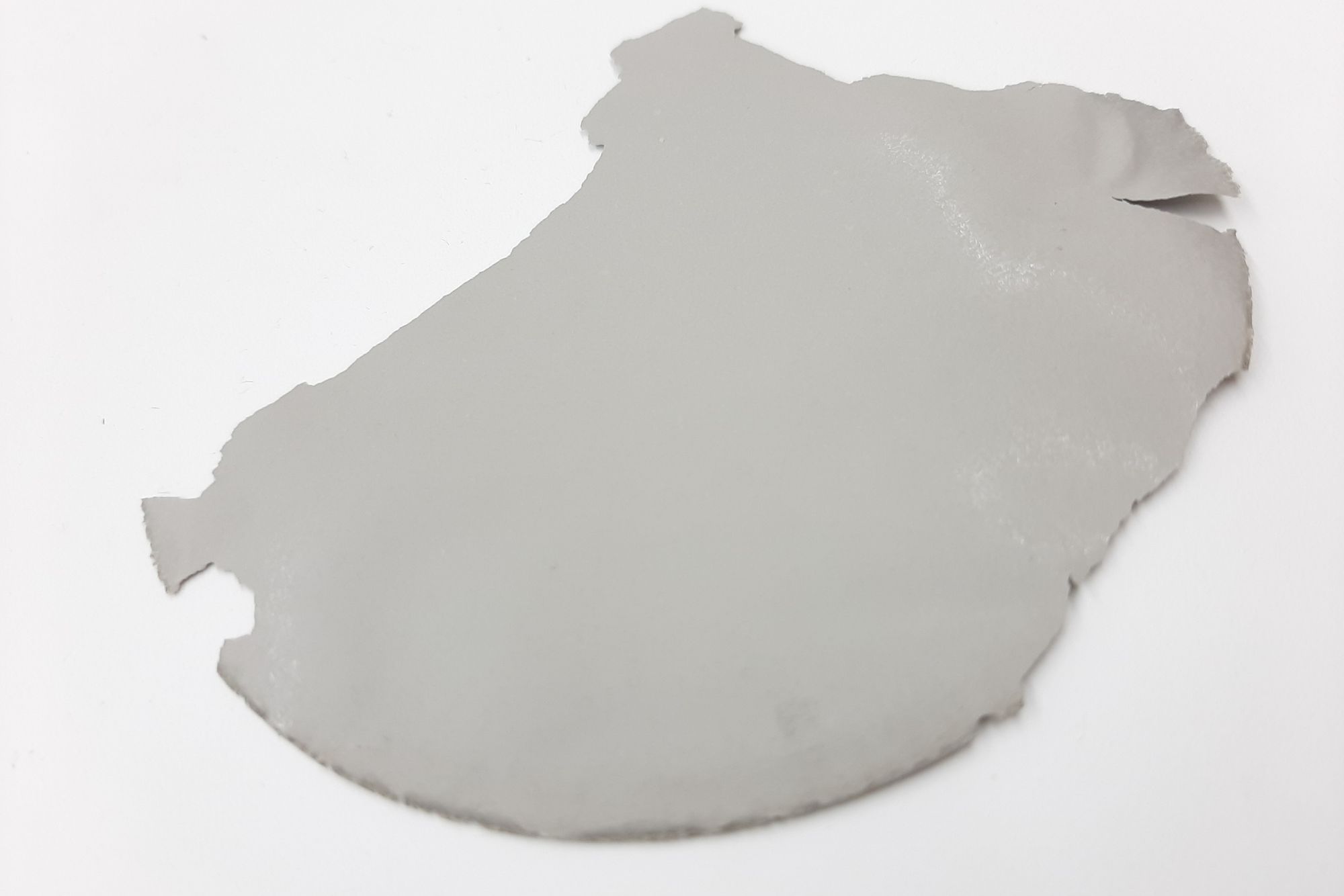
Synthesis of Nanocellulose from Lignocellulosic Waste from the Paper Industry
The NANOCELULOSE project aims to research a process to obtain nanocellulose from primary sludge in the paper industry, with the goal of valorizing this waste and reducing the amount of material sent for composting. This project aligns with ALIER’s philosophy of promoting R&D and innovation in technological solutions that pursue sustainable development and zero waste, offering an innovative solution applicable to other companies in the paper sector. Below, we highlight the importance of this initiative and its contribution to strengthening our commitment to our core principles: putting people first, respecting the environment, constantly evolving, and maintaining transparency, honesty, and integrity in all our actions.
WHAT THIS PROJECT REPRESENTS FOR ALIER:
This project represents a strategic opportunity for Alier in line with its current objectives. Confronting the challenge of managing primary sludge, one of the most voluminous waste products generated in paper manufacturing, Alier has focused its efforts on its reduction and valorization through various research avenues. Among these initiatives, the utilization of this waste as a source of nanocellulose extraction stands out, presenting a material with significant potential and high added value. The commitment to this project not only aligns with Alier’s interests but has also facilitated collaborations with specialized universities in this field, fostering relationships in an emerging area within the paper industry. This underscores Alier’s dedication to innovation and evolution, actively seeking new opportunities.
IMPACT OF THE PROJECT ON OUR SECTOR AND ON SOCIETY:
The project began in January 2021 with the characterization of primary sludge to accurately define the procedure for obtaining nanocellulose. This process involves pretreatment and conditioning of the waste for cellulose recovery, followed by its deconstruction to nanoscale size. In August 2022, production trials of nanocellulose from primary sludge commenced, along with the characterization of the resulting material to optimize and define the final procedure. Finally, the project is scheduled to conclude in September 2023, after achieving the goal of obtaining nanocellulose from primary sludge.
This project involves the search for alternative sources of nanocellulose instead of relying exclusively on virgin fiber, which represents a significant impact on the industrial paper sector. Diversifying these sources not only promotes reducing dependence on natural resources but also drives innovation in processes and products. Additionally, it helps decrease the environmental impact associated with extracting cellulose from virgin fiber. This approach allows for the promotion of more sustainable practices in both the paper and nanomaterial sectors.
OF THE FUNDS RECEIVED:
With the received funding, we have established collaborations with various universities to carry out the characterization of the obtained material (UdL, UAB, and UdG). Additionally, part of the funds has been allocated to the acquisition of specialized laboratory equipment for nanocellulose production. This investment includes the purchase of a high-pressure homogenizer, a highly sophisticated equipment available in few centers. Furthermore, complementary equipment for cellulose purification and mechanical deconstruction to nanoscale size has been acquired. This investment has allowed equipping and strengthening ALIER’s R&D laboratory. Moreover, the funding has covered expenses associated with personnel from different departments involved in the project.
THE DEADLINES AND KEY STAGES OF THE PROJECT:
The project commenced in January 2021 with the characterization of primary sludge to accurately define the procedure for obtaining nanocellulose. This process involves pretreatment and conditioning of the waste for cellulose recovery, followed by its deconstruction to nanoscale size. In August 2022, production trials of nanocellulose from primary sludge began, alongside the characterization of the resulting material to optimize and define the final procedure. Finally, the project is scheduled to conclude in September 2023, upon achieving the objective of obtaining nanocellulose from primary sludge.
PROJECT IMPACT ASSESSMENT CRITERIA:
To evaluate the success of the project, several fundamental aspects were considered. Firstly, the economic viability of scaling up the process defined in the laboratory was analyzed, taking into account energy costs, reagent costs, and the investment in necessary equipment. Additionally, the quality of the obtained material was evaluated as another key success indicator.
In conclusion, the project revealed that the nanocellulose obtained contains contaminants due to the heterogeneous nature of primary sludge, which is a residual stream. This variability complicates the standardization of the process due to the changing conditions of paper manufacturing. For the moment, industrial scaling of the studied process has been ruled out. However, a deeper understanding of the waste and its influence on the process has been achieved. These findings will be crucial in future projects aimed at reducing waste generation. Moreover, the potential for producing nanocellulose from other process streams with lower impurity content has been explored. The project has also facilitated new collaborations with universities to drive further R&D projects.
ESG: ENVIRONMENTAL
SDGS: 9, 12
Execution period: January 2021 to September 2023
Budget: €308,399
Grant: subsidy of 94,284 €.
File no: ACE011/20/000013
Government call: Industrial research and experimental development nuclei in Circular Economy projects, specifically in the field of waste, call 2020.
Organization: ACCIÓ







